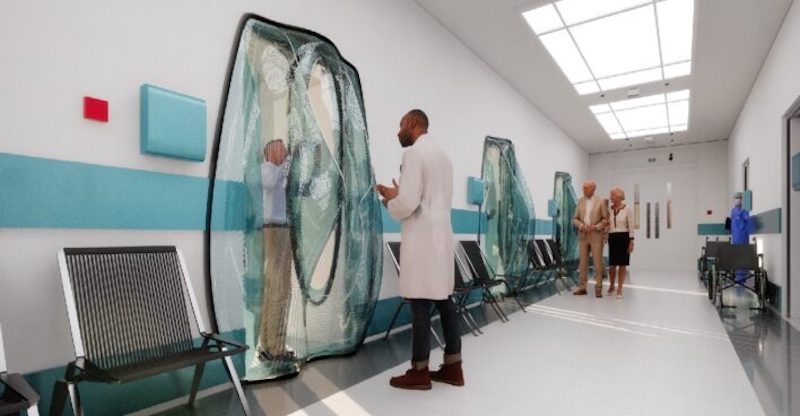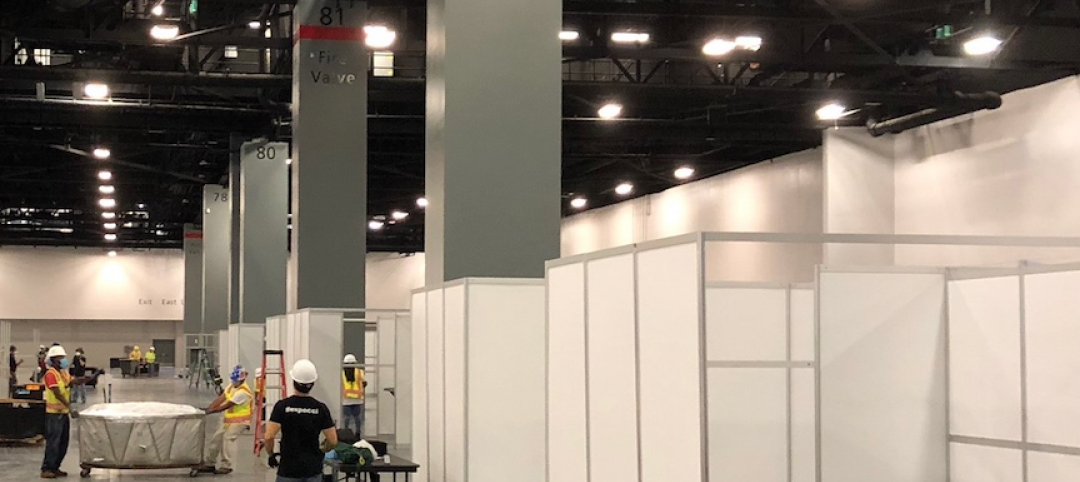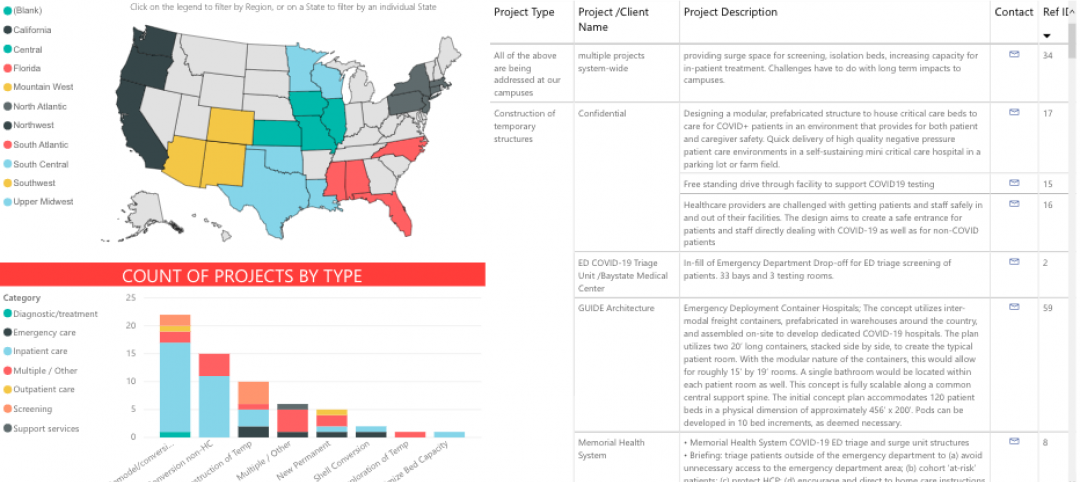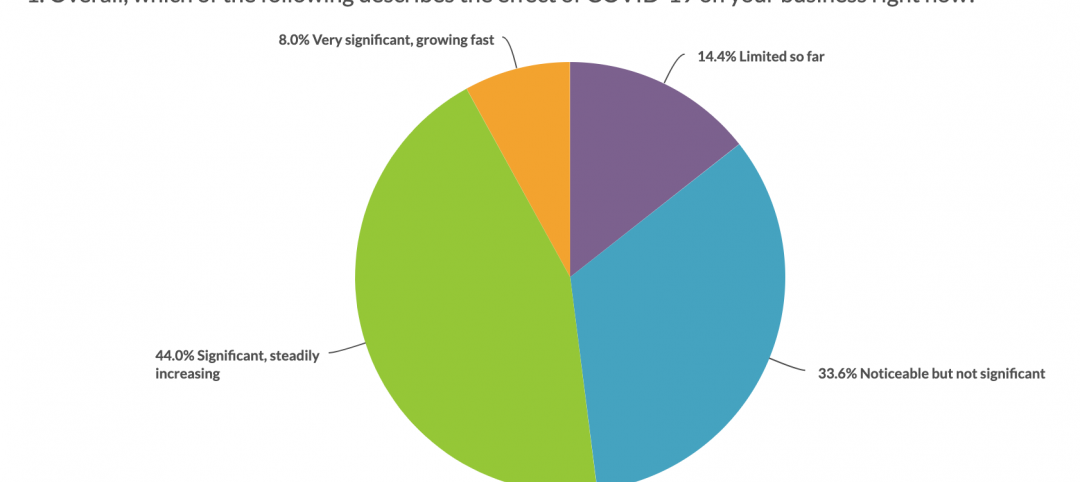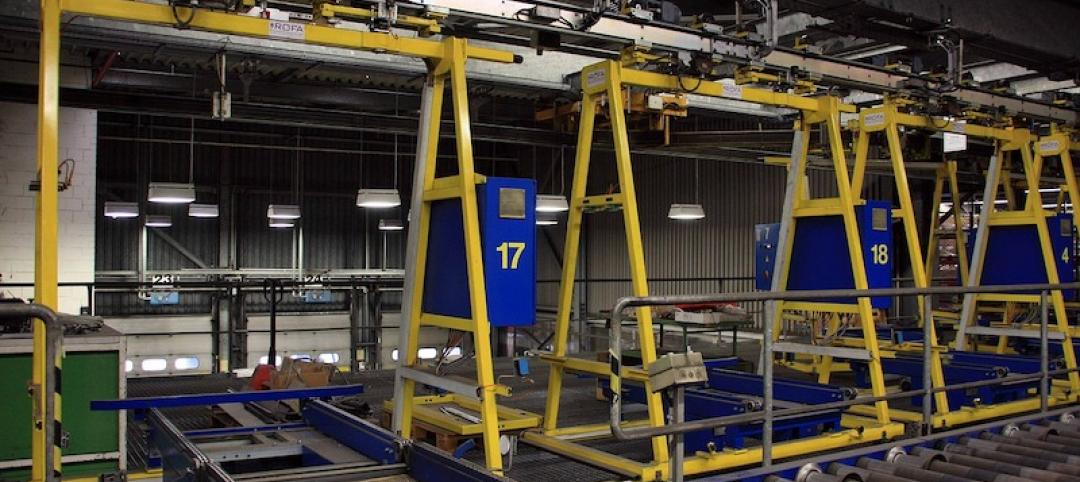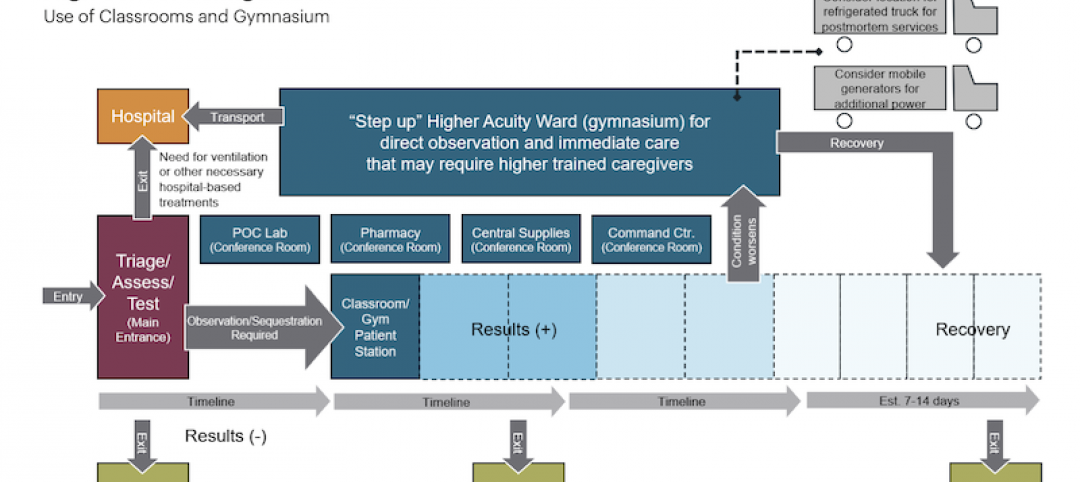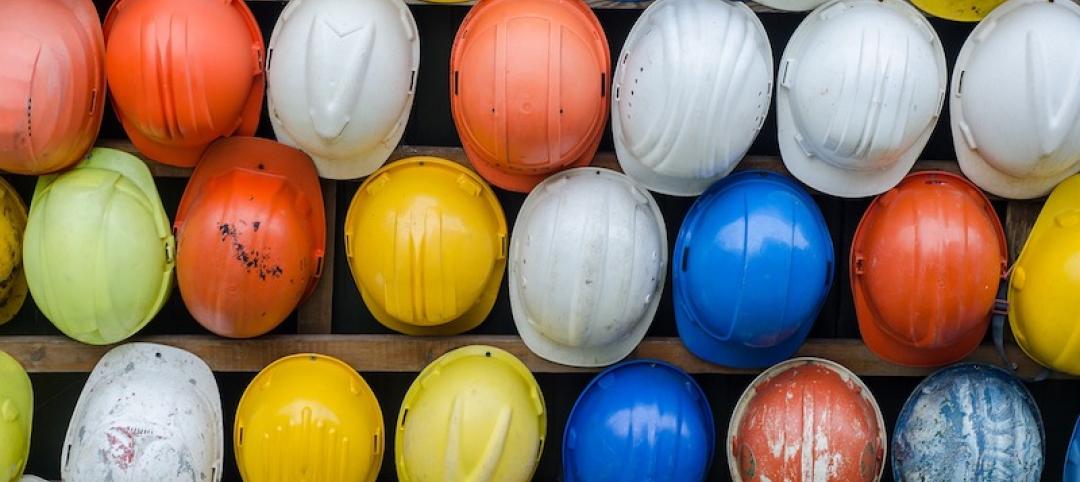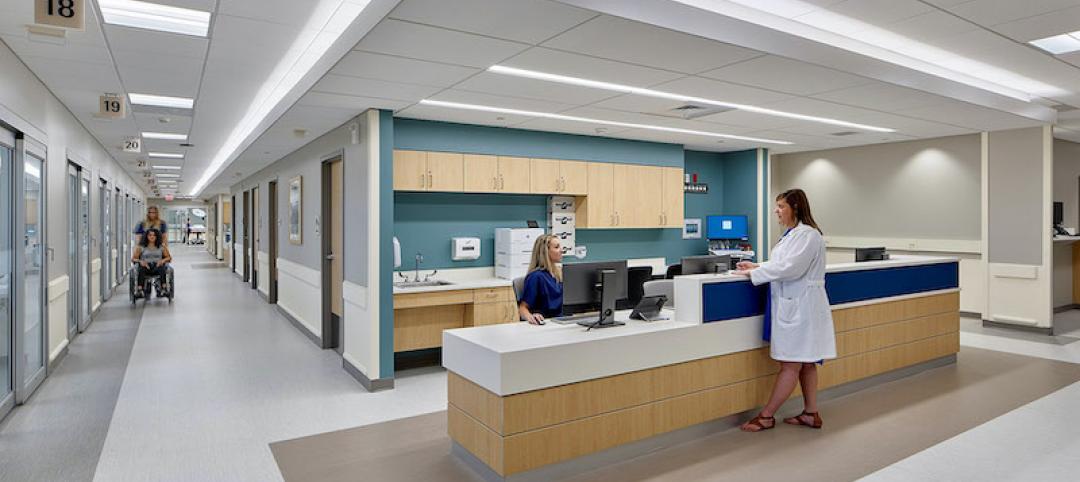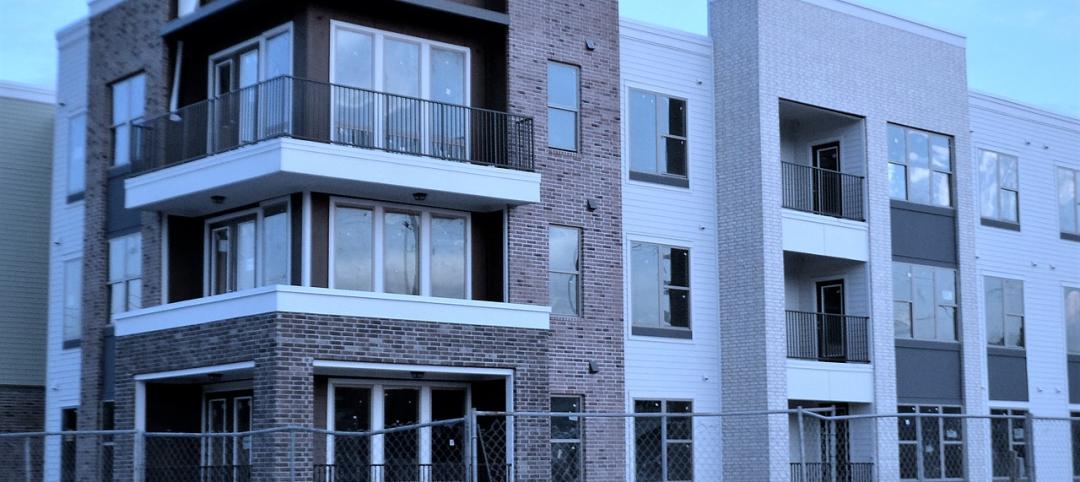“What’s a bubble boy?”
“He lives in a bubble!”
“…boy.”
Coronavirus has made Seinfeld bubble boys and girls out of many of us. But in an effort to make the transition to isolation easier, without the need to sacrifice human interaction, WATG has created Oriel, a new option that allows any room to become a self-isolation zone while maintaining a social component.
“Adhering to safe isolation typically means removing an individual entirely from socialization and communication with the outside world. Complete isolation can spark greater detriment to our health and overall well-being, but Oriel strikes a balance between keeping a safe distance while maintaining human connectivity,” said Daniel Caven, Global Technology Design Lead at WATG.
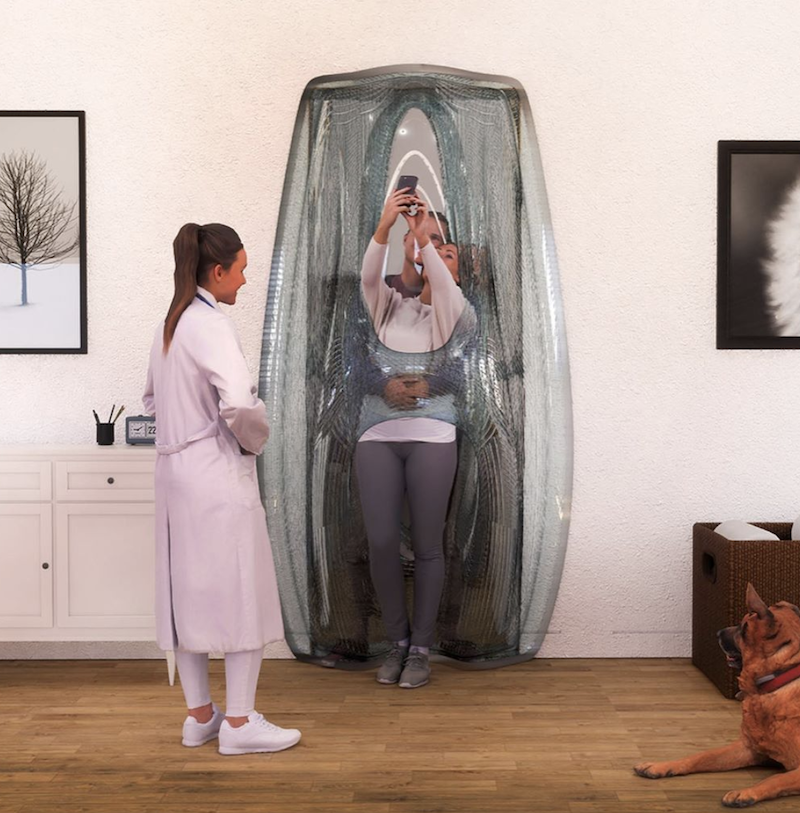
Inspired by oriel bay windows, the translucent and acoustically friendly barrier can be installed onto any doorway. Oriel is an extension of the clear glass doors or windows already found in many healthcare isolation rooms, allowing for privacy and maintaining droplet isolation, but improving interactions with people outside the room. Plastic sleeves built into the design allow for “contact” without people outside the room.
Model heights range from low, medium, and tall, and offer sleeves from low partial, low full, medium partial, and medium full. The sizes are suitable for children, teenagers, adults, and the elderly. Wheelchair accessible scenarios are also available.
Suitable for COVID-19, Oriel can also be used for patients with other communicable diseases or the immunosuppressed, and can be applied across home, apartment buildings, hospice care facilities, and healthcare facilities.
Related Stories
Coronavirus | Apr 9, 2020
COVID-19 alert: Robins & Morton to convert Miami Beach Convention Center into a 450-bed field hospital
COVID-19 alert: Robins & Morton to convert Miami Beach Convention Center into a 450-bed field hospital
Coronavirus | Apr 8, 2020
AIA task force launches tool for assessing COVID-19 alternative care sites
The tool is intended to assist non-healthcare design professionals with identifying alternative sites suitable for patient care.
Coronavirus | Apr 8, 2020
COVID-19 alert: Most U.S. roofing contractors hit by coronavirus, says NRCA
NRCA survey shows 52% of roofing contractor said COVID-19 pandemic was having a significant or very significant impact on their businesses.
Coronavirus | Apr 8, 2020
Navigate supply chain and manufacturing challenges during disruption
First, most important and most complex: Create an extensive safety plan for your facilities and job sites that protects both the personnel onsite and the end users of your product.
Coronavirus | Apr 7, 2020
How to turn a high school into a patient care center in 15 days
HKS’s concept paper presents three scenarios.
Coronavirus | Apr 7, 2020
New Trump administration guidance now allows firms with 500 of fewer employees to qualify for paycheck protection program loans
Associated General Contractors of America secures fix to loan qualifications after alerting administration officials to small business administration language that excluded many firms.
Coronavirus | Apr 6, 2020
New small business administration loan guidance appears to exclude many construction firms that employ fewer than 500 people
Construction officials urge agency to make clear that firms that employ 500 or fewer people to qualify for paycheck protection program loans, regardless of revenue.
Coronavirus | Apr 6, 2020
Pandemic preparedness: How hospitals can adapt buildings to address worst-case scenarios
A Canadian healthcare architect looks at how hospital staff can act now to modify facilities and contain a pandemic.
Coronavirus | Apr 5, 2020
COVID-19: Most multifamily contractors experiencing delays in projects due to coronavirus pandemic
The NMHC Construction Survey is intended to gauge the magnitude of the disruption caused by the COVID-19 outbreak on multifamily construction.


